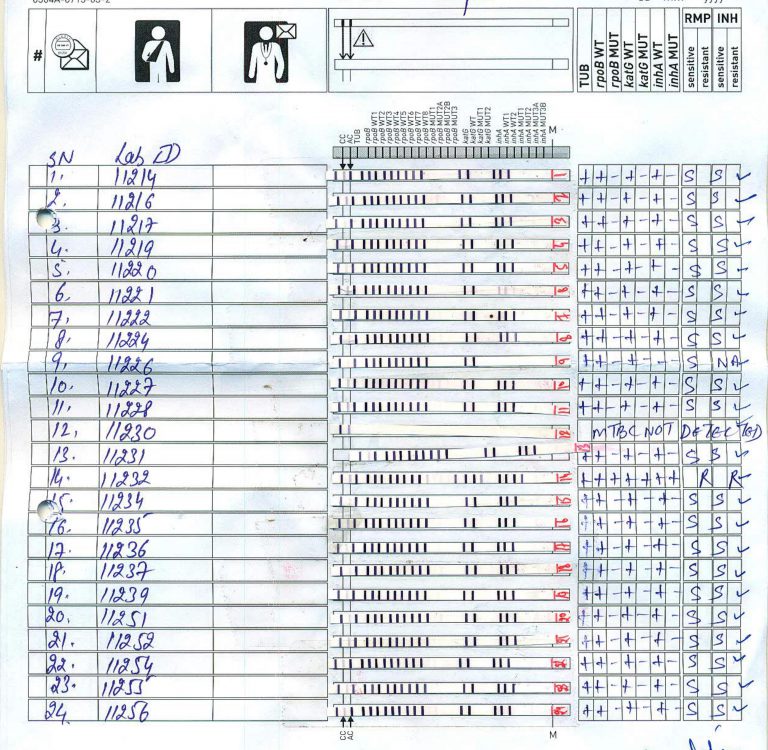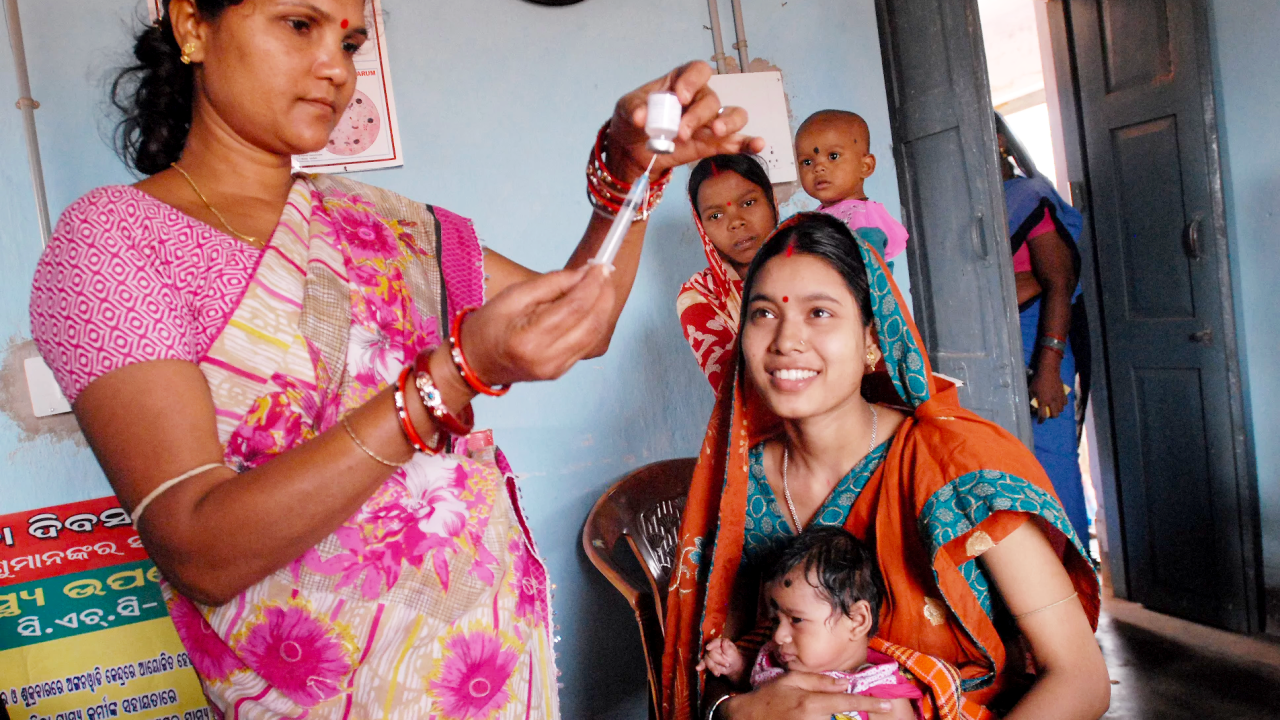Over the course of the last decade, the field of artificial intelligence (AI) has exploded. Advances in technology have exceeded what data scientists could have imagined was possible, and innovative AI products and services continue to redefine the industry.
But for the benefit of whom?
AI is booming, but its use is still limited, mostly to the elite. Addressing the needs of the poor using AI requires a holistic approach with empathy and altruism driving scientific temper and rigorous technology practices.
Wadhwani AI was formed in 2018 to try to flip that reality, designing AI solutions that benefit underserved populations in developing countries. Working with government entities and global nonprofits, Wadhwani AI seeks to tackle some of the world’s most intractable problems where AI technology has the potential to be transformative.
The Challenge
Wadhwani AI works across agriculture and healthcare to develop and deploy human-centered AI solutions, including pest management for cotton farming, cough sound analysis technology to help identify at-risk COVID patients, and newborn anthropometry that provides early identification and intervention for underweight infants.
In India, where the organization is headquartered, they saw the potential to extend AI solutions to eliminate a curable, preventable disease. In 2019 alone, the country reported 2.6 million new cases of tuberculosis (TB), representing more than a quarter of all cases in the world.
How could AI solve this health crisis? That’s the question Wadhwani AI set out to answer.
“Our approach has fundamentally transformed from what was perhaps a research-first mindset to what is clearly an impact-first mindset,” said Alpan Raval, the chief scientist for AI and Machine Learning. “We are very focused on working backward from the potential impact of the work we do, and our innovations are also viewed from the lens of incremental effect on impact.”
That shift from research to application is an important one, both for Wadhwani AI and for other experts and academics. CEO Shekar Sivasubramanian believes organizations need to leave their comfort zones and better understand the applications and downstream implications of AI in the communities they serve.
Organizations interested in achieving scale must understand and respect the role that governments play. We must embrace the fact that the supporting ecosystems may be a ‘work in progress’, and learn to implement AI solutions in such an environment.
Shekar Sivasubramanian Chief Executive Officer Wadhwani AI
“In applied problem solving, the challenge largely lies outside the lab and is attended to by multiple people with their own understanding of the problem. This is unchartered territory for most organizations, who may find it uncomfortable and scary to mud-wrestle the problems uncovered in the real world,” he said. “Limited attention is placed on themes such as explainability and trust, set aside for a later day. For applied work, however, all these matters relate to ensuring that users truly believe in the solution.”
Trust building, then, is a key challenge within the challenge of eradicating tuberculosis.
The Solution
Wadhwani AI has developed a range of AI products to help close the gap between tuberculosis diagnoses and deaths.
Their automated interpretation program uses AI to interpret blood test results to determine drug resistance to tuberculosis. Their work on detecting TB through ultrasound identifies abnormal features in chest scans. AI detects these abnormalities in an automated fashion and predicts the likelihood of the patient being positive for tuberculosis. They are developing a TB screening method using the patient’s cough sounds.
Particularly consequential in reducing fatalities, though, is their risk prediction project. Using a set of patient indicators like age, age, gender, location, and time interval between diagnosis and treatment initiation, they use AI to predict whether the patient will complete treatment, informed by corresponding outcomes for roughly half a million tuberculosis patients across the country.

And across all solutions, Wadhwani AI incorporates checks and balances, recognizing that AI alone is not a silver bullet.
“We conduct extensive user research all through the lifecycle – in the data collection phase, and in passive and active evaluations phases,” said Vijayalakshmi Raghavan, Wadhwani AI’s director of solutions.
AI must often be used in conjunction with on-the-ground expertise, as well.

A potential AI-based solution that helps improve active case finding by identifying at-risk geographies.
“Decision-making in healthcare has downstream consequences that may critically impact a patient’s well-being. Accordingly, our AI systems employ human-in-the-loop wherever possible, and our models optimize manual interventions so that human bandwidth is used where it is needed most,” Raval said.

Our approach has fundamentally transformed from what was perhaps a research-first mindset to what is clearly an impact-first mindset.
Alpan Raval Chief Scientist, AI/ML Wadhwani AI
The Takeaway
In communities, Wadhwani AI wants to build trust. At the systems level, they want to help build capacity.
The World Health Organization has an ambitious National Strategic Plan to reduce tuberculosis deaths by 90 percent by 2025, and India’s Ministry of Health and Family Welfare has a Central Tuberculosis Division that is likewise focused on stemming the spread of the disease. Wadhwani partners with these kinds of government entities to maximize impact.
“Organizations interested in achieving scale must understand and respect the role that governments play,” said Sivasubramanian, explaining that, to increase efficacy, you must “make the government your best partner,” considering their intent and scale. “We must embrace the fact that the supporting ecosystems may be a ‘work in progress’, and learn to implement AI solutions in such an environment.”
Across government partners, donors, researchers, and direct program partnerships and support from global nonprofits, Wadhwani AI will continue to build AI systems that are sustainable and scalable in healthcare, agriculture, and beyond.
And at the end of the day, they hope this growing network of partners can help them bring the AI revolution into the homes and lives of billions more people.
“We are conscious that we play a supporting role,” Raghavan said. “The solutions’ ultimate accolades—its smooth deployment and eventual success in the field—is owned by our partners.”


